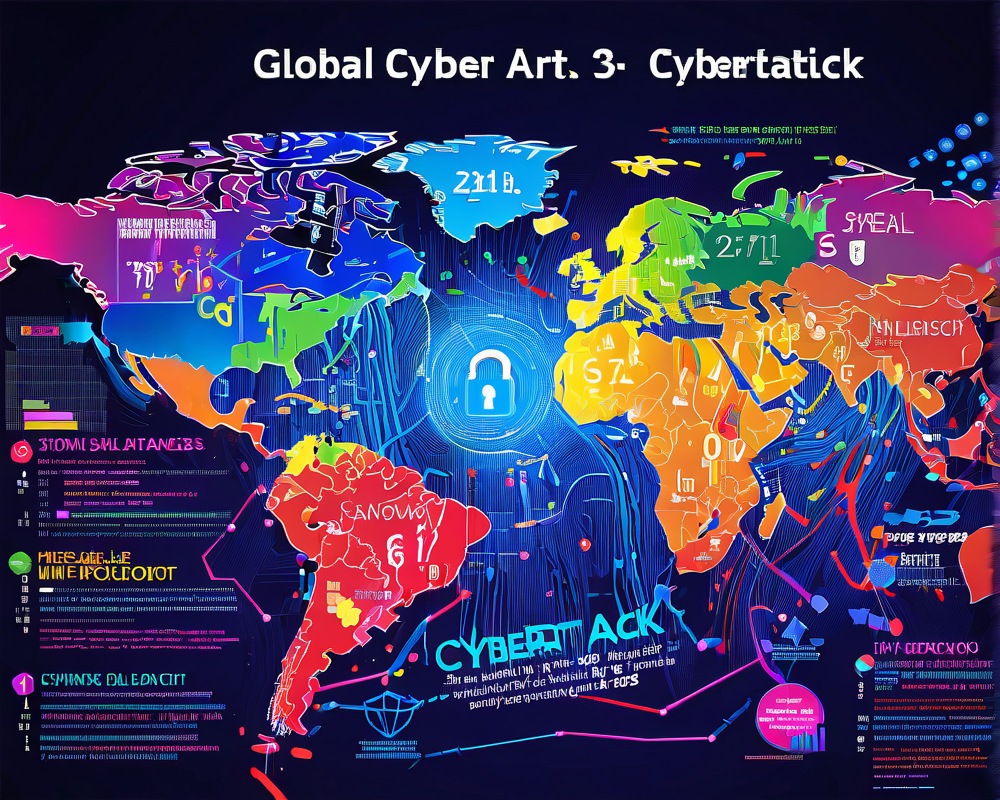Understanding the Attack: What Happened?
On a seemingly normal Tuesday, malicious software burst onto the scene and began infecting computers worldwide, starting off in Russia and Ukraine. Initially identified as a form of ransomware, it quickly became clear that this was not just about extorting cash from hapless users.
The Masks We Wear: Not Ransomware after All
Experts were quick to liken this attack to past incidents like Petya, and the frenzy of media buzz had everyone on edge. However, further research has suggested that this attack is more about causing chaos than lining pockets. Analysts now suspect it’s more of a disk-wiping method disguised as a money-making scheme.
A Closer Look at the Money: The Bitcoin Wallet Mystery
Digging deeper into the case, cybersecurity researchers pointed out an intriguing fact about the Bitcoin wallet associated with the attack. With less than 4 BTC accumulated since the onset, which translates to a mere $9,970 from about 45 transactions, it raises eyebrows over the true intent behind the malware.
- Does it really want to collect Bitcoin?
- Or is it just a smokescreen for something more sinister?
Political Ramifications: Blame Shifting in the Digital Age
As usual, the digital battlefield has stirred up old political grievances. Ukraine has pointed fingers at state-sponsored actors from Russia, rekindling diplomatic tensions. This cyberattack, wearing the garb of ransomware, has opened doors to political discussions that stretch far beyond just the computers.
Preventive Measures: How to Stay Safe?
For everyday users and organizations alike, the looming threat of similar future incidents should not be ignored. Here are some tips to protect your data and your sanity:
- Regularly back up your data.
- Stay updated on your anti-virus software.
- Be cautious about suspicious links and emails.
In the world of cybersecurity, staying vigilant is key to avoiding becoming another victim.




